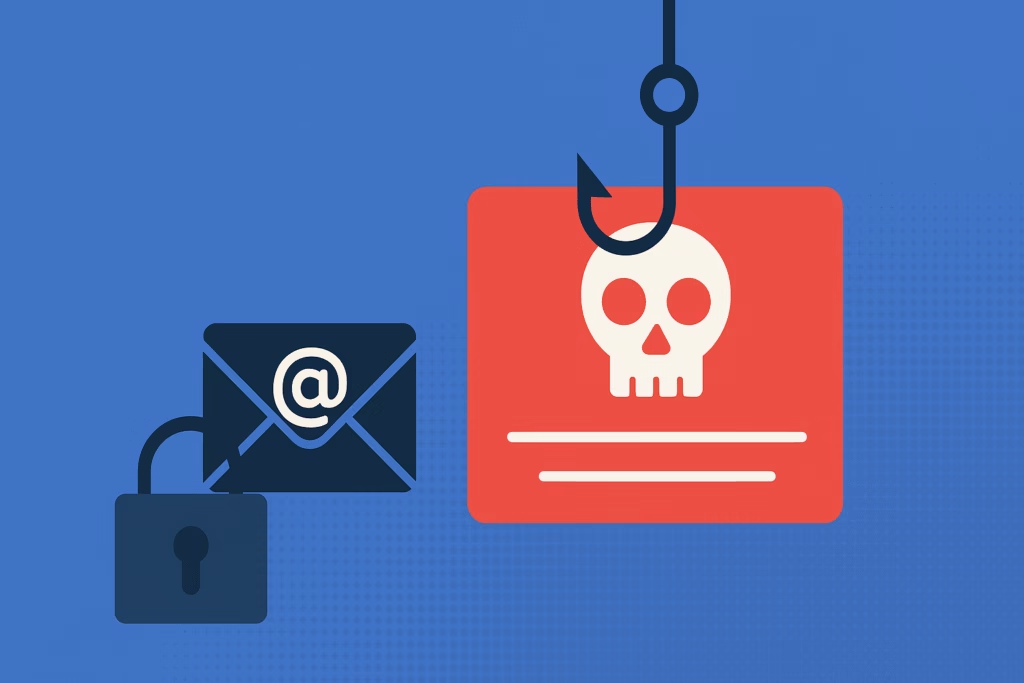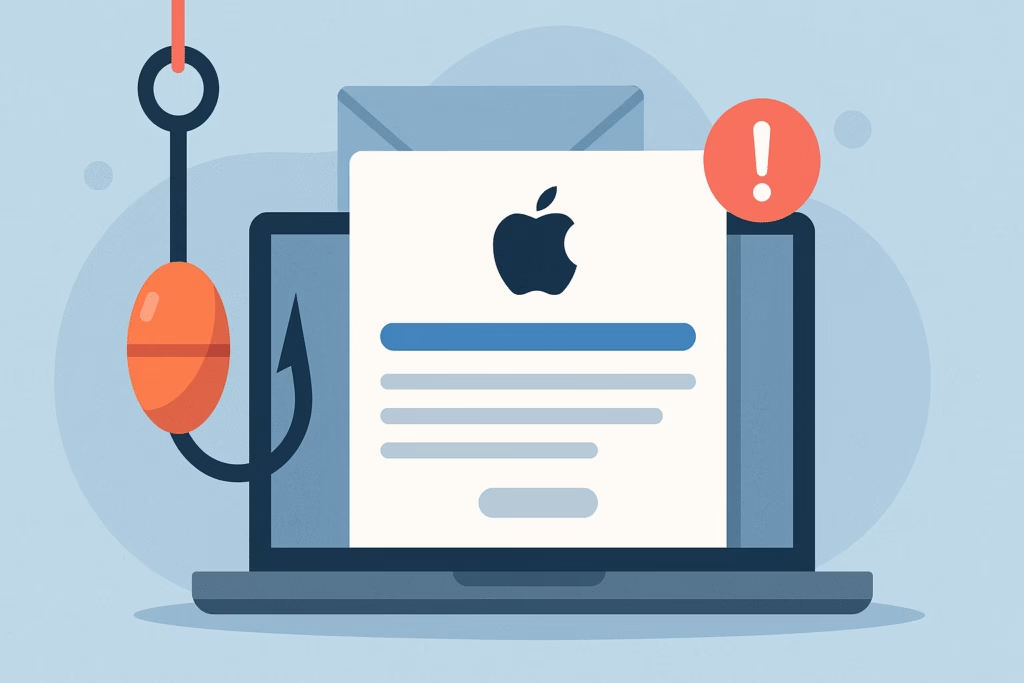
Introduction
Telephone phishing—also known as vishing—has surged over the past few years, with criminals exploiting voice calls to steal sensitive data, hijack accounts, and defraud individuals and businesses. According to the FBI’s 2022 IC3 Report, phone-based scams grew by over 30% year-over-year. As voice fraudsters become more sophisticated, adopting strong communication security practices is vital. This article explores actionable strategies to spot, prevent, and report phishing telephone calls, helping you safeguard personal information and reduce organizational risk.
Understanding Telephone Phishing Threats
Telephone phishing leverages social engineering to convince targets to divulge credentials, authorize unauthorized transactions, or install malware. Attackers often:
- Use caller ID spoofing to mimic banks, government agencies, or reputable companies.
- Create a sense of urgency (e.g., “Your account will be closed!”) to bypass rational thinking.
- Employ automated robocalls to scale attacks quickly.
Vishing differs from email phishing primarily in the human interaction factor—callers can adapt their script in real time to exploit your responses. Understanding these schemes is the first step toward robust defense.
Identifying Red Flags in Phishing Telephone Calls
Common Tactics Used by Scammers
- Authority Impersonation: Claiming to be from the IRS, Social Security Administration, or your bank.
- Urgent Deadlines: Pressuring you to act “immediately” to avoid fines or service interruptions.
- Unsolicited Offers: Promising massive refunds, lottery winnings, or exclusive deals.
- Technical Support Ruse: Posing as a computer support agent to install remote-access software.
Warning Signs to Watch For
- Requests for personal or financial data (SSN, credit card numbers).
- Inconsistent caller information (different names or departments in one call).
- High-pressure tactics and refusal to provide written confirmation.
- Asking for payment via gift cards, wire transfers, or cryptocurrency.
- Unfamiliar phone numbers or numbers that appear “masked.”
Best Practices to Secure Your Telephone Communications
1. Establish Verification Protocols
- Call-Back Policy: If a caller claims to represent your bank or a government body, hang up and call the official number from your account statement or their verified website.
- Use Verification Codes: Implement a callback authentication system in organizations where employees ask for a one-time PIN before disclosing sensitive information.
- Caller ID Authentication: Deploy technologies like STIR/SHAKEN to reduce spoofed calls.
2. Employee Training and Awareness
- Conduct regular phishing simulations that include vishing scenarios.
- Host workshops on identifying social engineering tactics.
- Distribute quick-reference guides with “Do’s and Don’ts” for phone interactions.
3. Leverage Technological Solutions
- Install call-blocking apps or network-based filters to flag known scam numbers.
- Use unified threat management (UTM) systems that integrate voice and email security.
- Consider AI-driven tools like PhishDef for real-time threat detection and user alerts.
Step-by-Step Guide to Handling Suspicious Calls
- Stay Calm: Avoid panic; fraudsters rely on emotion.
- Listen Carefully: Note the exact name, department, and callback number given.
- Pause the Conversation: Ask for written confirmation via email or postal mail.
- Verify Independently: Use official contact details to confirm legitimacy.
- Document Details: Record date, time, caller ID, and transcript of key statements.
- Report the Incident: Escalate internally (to your security team) and externally (to authorities).
Reporting Phishing Calls: What You Need to Know
Promptly reporting phishing calls helps authorities track patterns and shut down fraud rings. Here’s how to report effectively:
U.S. Government Agencies
- Federal Trade Commission (FTC): File at reportfraud.ftc.gov.
- Federal Communications Commission (FCC): Register complaints via consumercomplaints.fcc.gov.
- Cybersecurity and Infrastructure Security Agency (CISA): Submit reports through CISA’s portal.
- Local Law Enforcement: Provide your documentation to county sheriffs or state police.
Corporate Reporting Procedures
- Forward the call transcript, voicemail, or call details to your security team.
- Log incidents in your Security Information and Event Management (SIEM) system.
- Share intelligence with industry partners and threat-sharing platforms like MS-ISAC.
Real-World Case Studies
Case Study 1: Financial Institution Vishing Attack
A mid-sized U.S. bank faced a surge of vishing calls impersonating its fraud department. After employees verified callers using a new call-back policy and STIR/SHAKEN authentication, reported losses dropped by 85% in three months.
Case Study 2: Small Business Success with PhishDef
An ecommerce startup implemented PhishDef to monitor inbound calls. Real-time analytics flagged suspicious patterns, prompting staff to employ verification protocols. Within six weeks, attempted phishing calls decreased by 60%, and no financial theft occurred.
Key Takeaways
- Telephone phishing calls are on the rise; vigilance is your first defense.
- Look for red flags like spoofed numbers, urgent demands, and unsolicited offers.
- Implement verification protocols, train staff regularly, and deploy technological safeguards.
- Report all suspected phishing calls to the FTC, FCC, and your internal security team.
- Leverage advanced solutions such as PhishDef for real-time detection and response.
Call to Action
Protect your organization from rising vishing threats. Start by integrating PhishDef’s advanced voice phishing detection and reporting tools into your security arsenal. Schedule a demo today and fortify your telephone security posture.


